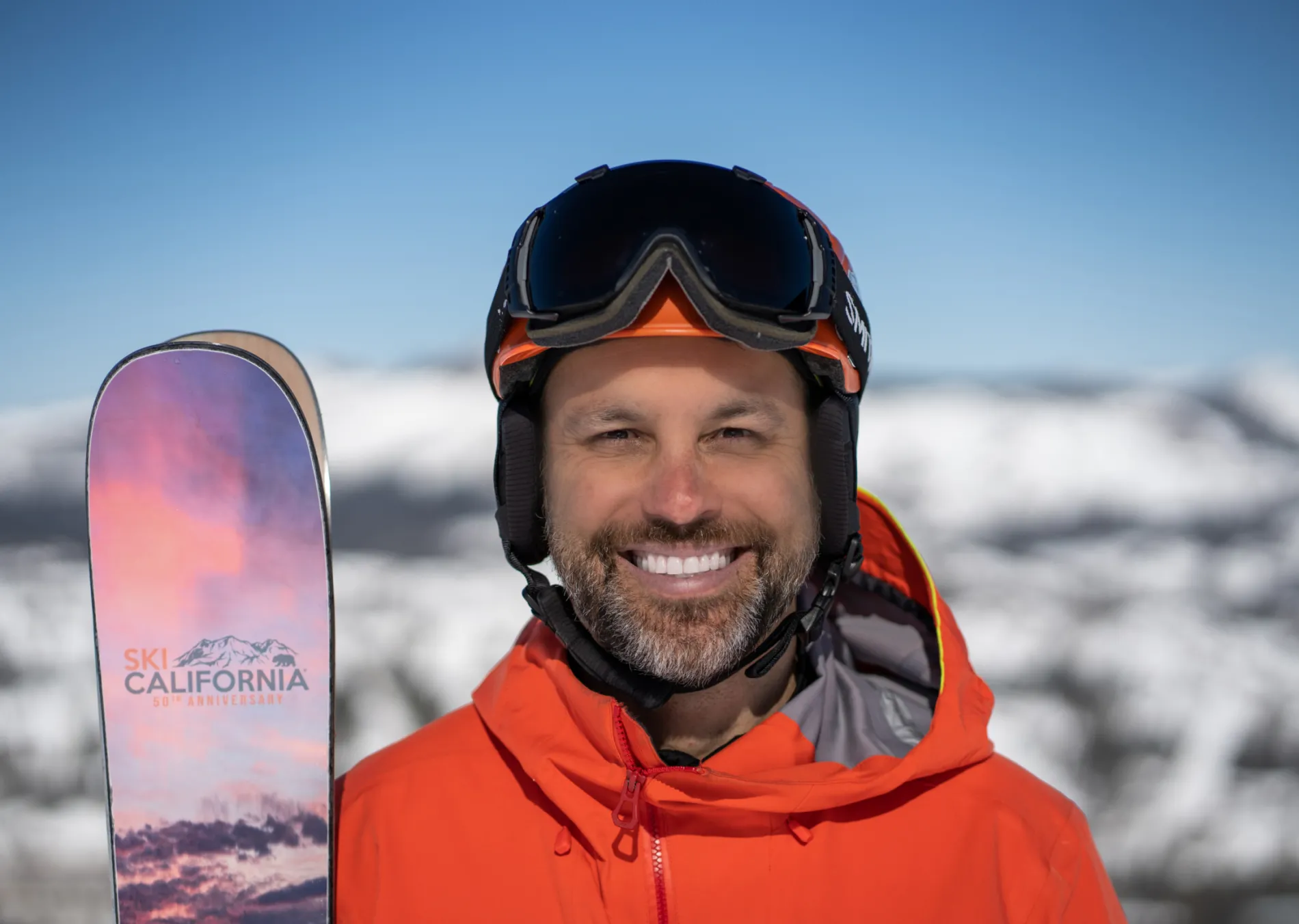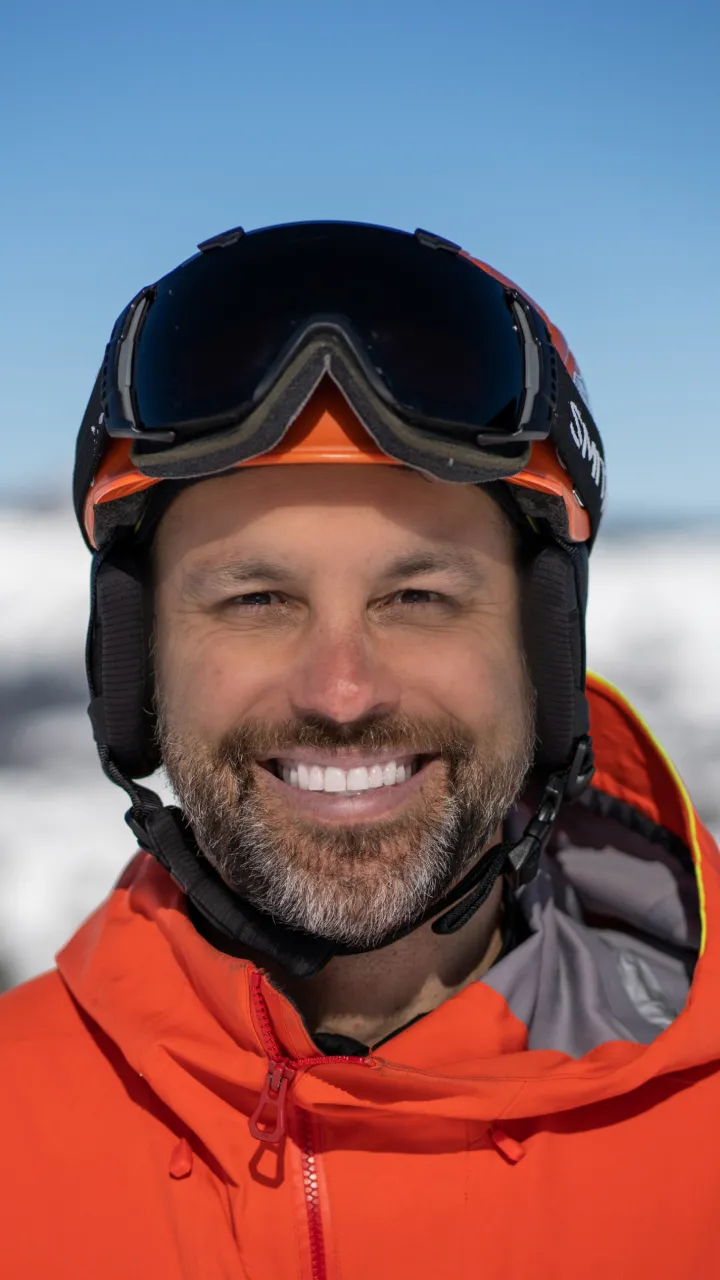Meet the new NSAA president
Leading the National Skis Areas Association is arguably one of the most challenging jobs in the ski industry. After all, the NSAA president is responsible for developing and implementing a strategic vision that not only strengthens the organization today, but also ensures it remains vital and vibrant in the years to come. They must champion and communicate the organization’s mission and relevance both within the industry and beyond, and they bear responsibility for the association’s financial performance. As if that wasn’t enough, they also need to help ensure that all NSAA members - from global, publicly-traded companies to independent resorts and community-based ski hills, as well as industry suppliers - derive value from their membership, while feeling supported.
All of which is to say, it’s not a job for just anyone. But it is a job for Michael Reitzell, who was recently appointed as President and CEO of NSAA after serving as President of Ski California. We sat down with Reitzall to hear a bit more about him, how he got here, and where he hopes to take NSAA in the years to come.
Origin: Can you tell us a bit more about your background?
Michael: I’ve been a skier since I was five, and skiing has always been a passion that has connected everything I’ve done, often in unlikely ways. I went to college at USC, not exactly a hotbed for skiing. Instead of joining a fraternity, I joined the ski team and became its co-captain for two years. Most frequent question: “USC has a ski team?” When I was in law school, I received two job interviews, and one of the firms represented ski areas. That’s not very common at California law firms. They offered me a job in San Francisco, but I really had my eye on their Tahoe office. Two and half years in, they offered me a vacated spot in Tahoe, and I was officially a ski lawyer. I parlayed that experience into my position at Ski California, and here we are today.
Origin: What initially drew you to this role, and how has your background prepared you to lead the NSAA?
Michael: NSAA has always represented the best of the ski industry to me. It’s the gathering point for top industry minds and businesses and serves as a hub for collaboration and progress. I was also drawn to the team at NSAA, and all that they have accomplished. My work as a lawyer and later as an association leader has always been focused on bringing people together around shared goals, something we have prioritized at Ski California. My background in these roles has prepared me to work closely with diverse stakeholders and to connect people with purpose, which aligns with NSAA’s mission of creating meaningful collaboration within the industry.
Origin: What emerging trends do you see shaping the future of the ski industry?
Michael: Innovation stands out to me. When people hear “innovation,” they often think of technology, and that’s part of it, but innovation in the ski industry goes further. It’s about how we frame the guest experience, from the terminology we use to the range of activities offered. For example, at Lee Canyon, they changed “beginner lessons” to “snow experience,” which feels more inviting and appeals to a wider audience. Words matter to guests, and innovation is in the details. We also need to stay at the forefront of technology because that’s what guests will or already demand. While we don’t need to reinvent the appeal of a perfect powder day, we can certainly elevate the surrounding experience in ways that make the whole visit more memorable.
Origin: How do you see ski resorts balancing the tension between sustainability goals and the financial pressures to expand or modernize?
Michael: I see expansion and sustainability working hand-in-hand. Sustainable practices usually make business sense, and modernization can help meet those goals. Climate change is pushing resorts to embrace renewable energy, efficient snowmaking, and carbon-reduction projects, and these initiatives frequently align with economic goals. Ski resorts, like any business, need to prioritize their bottom line, but today’s projects tend to integrate sustainability in meaningful ways, often with results worth celebrating. This wasn’t always the case, but now sustainability is woven into almost every expansion or update—enhancing both the business and the environment.
Origin: Given the economic uncertainties, what advice do you have for resorts managing flat or shrinking budgets?
Michael: My first piece of advice is to analyze why the budgets look the way they do, as having a clear understanding is essential. The ski industry is built on uncertainty: Will it snow? Most likely, but how much? No one knows. We’re accustomed to rolling with unpredictability. However, today’s climate – whatever your definition of that is – requires us to be more strategic than ever. We can’t sit back and expect things to run as they did 10 or 20 years ago. Resorts need to prioritize smart, targeted improvements that maximize value, streamline operations, and enhance guest experience, even with limited resources. Innovation is essential, but that includes being thoughtful and selective with how and where we invest.
Origin: What do you see as the biggest opportunities for ski resorts over the next 5 to 10 years?
Michael: Our industry has significant opportunities, particularly as we adapt to evolving customer expectations, climate challenges, and technological advances. Just since I accepted this position, what I’ve heard repeatedly is “youth.” Youth engagement is a big opportunity. We need to find fresh, relevant ways to capture their interest. It’s about shaping our programs to meet the needs of today’s youth rather than recycling past approaches. Diversity within youth engagement is equally important, and focusing on kids also means focusing on their parents. By creating inclusive programs that welcome new demographics to the slopes, resorts can strengthen their role as community destinations. Beyond that, we need to look outside our industry for inspiration and recognize what we’re competing against for attention. Today’s consumers expect seamless experiences across industries, and resorts with limited resources can still find ways to create special moments for guests. Examples include offering wellness tourism with nutrition-focused options, developing guided experiences, embracing flexibility across the board, and providing virtual experiences that entice people to want the real thing.
Origin: If you could make one major change to the ski industry today, what would it be?
Michael: This might seem out of left field, but I’d focus on improving work-life balance for employees. Winter work can be intense, and every season brings unique challenges. If we want seasonal employees to stay in the industry and grow into career-driven professionals, we need to avoid burnout. Retaining experienced staff not only reduces costs but also enhances the guest experience. We need to realize what happens at the ski area in the winter is only one piece of a life. People have lives outside of work—they need time to recharge, pursue other interests, and be with family and friends. The outdoor industry has taken a leadership role in addressing mental health; we probably have more mental health documentaries per capita than any other industry, so we certainly recognize the issue. I believe prioritizing work-life balance could significantly improve employee well-being and retention across the ski industry.






